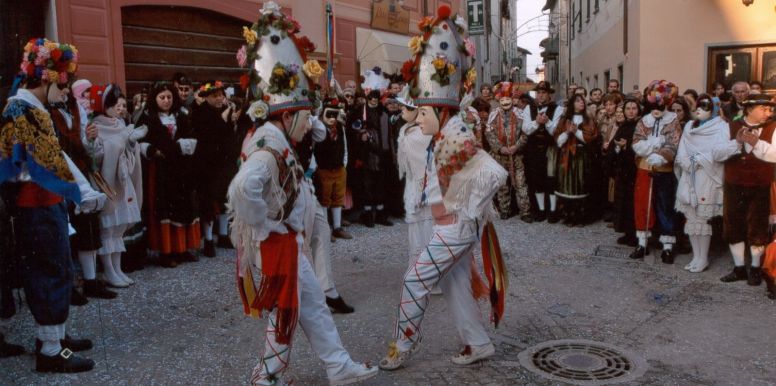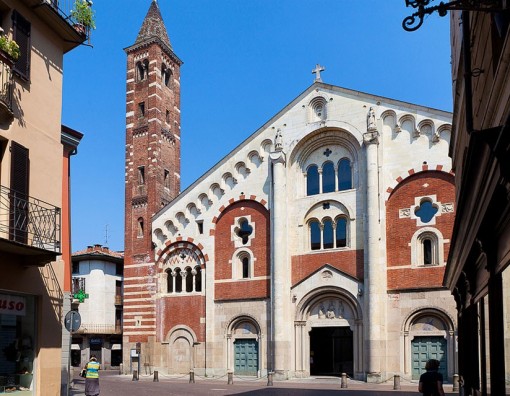Museo della Maschera
The Mask Museum in Rocca Grimalda, opened its doors in 2000 upon the initiative of a group of scholars from the Ethno-Anthropological Laboratory, working on the territory since 1996. It was opened because of the presence, in Rocca, of the Lachera, an ancient carnival tradition peculiar to the village with costumes that have much in common with those used in other carnivals throughout Europe. The intention of the museum is to record and cherish this historical tradition which is still very much alive; the museum’s collection gives visitors the chance to see the rich heritage of material finds related to ceremonial clothing linked to the calendar cycle: masks, garments, headgear and accessories, sometimes ephemeral, sometimes refined, which speak volumes about the cultural awareness of long-lasting phenomena. Don’t be misled by the apparently prosaic and ordinary nature of some of the materials used for masks and accessories like zips, synthetic flowers, plastic mirrors and gym shoes that have now taken the place of wooden or bone buttons, paper flowers and characteristic clogs. The use of these items just goes to show how alive the carnival is, the use of contemporary materials and products is not betraying tradition but shows that the carnival adapts to changing times and tastes, thus recreating itself and retaining its freshness and life: like every living thing, to remain so, even the Carnival has to evolve and adapt to the conditions, requests, needs of contemporary life, drawing new life and vigour from it. Lachera of Rocca Grimalda – The origin of this ancient tradition, together with dance, rite and theatrical representation, dates to the revolt of the people of Rocca Grimalda against the Lord of the village who claimed to exercise the Jus Primae Noctis on the brides of the fief. In truth, though not excluding involvements and contaminations from historical facts realistically occurred the Lachera originates from the ancient spring propitiatory rites: people’s calendar festivals that have been enriched over the years with epic and social contents. The representation, during Carnival time, is a lively and colourful wedding procession characterised by a crescendo of sounds, snapping, rattling of bells, swirling of flowers and coloured ribbons: some of the characters are armed with swords, others with whips and rattles, others with long flowered hats, dance around a wedding couple, while all around a figure dressed in red jumps among the people joking and laughing. The fusion between war and nuptial element, often maintaining a happy and festive mood is typical of myths and ballads present all over Europe: true dramatizations that arise from spring rites; the actors who may have initially played supernatural beings have taken on the appearance and characters of real people: the tyrant, the bride and groom, the joker, swordsmen... It is no surprise to see figures belonging to different ages: the Lachera was and is essentially a popular festival and through the centuries the costumes have been prepared each time with different fabrics and clothes gathered by the people of the village. Each period has left a mark, a sign in the choreography. Open by appointment for guided tours.
Information and contacts
piazza Vittorio Veneto, 1 - 15078 Rocca Grimalda (AL)
Telephone: +39 (0143) 873.552
Fax: +39 (0143) 873.494
E-mail: info@museodellamaschera.it
Link
http://www.museoroccagrimalda.unito.it/museo.htm





